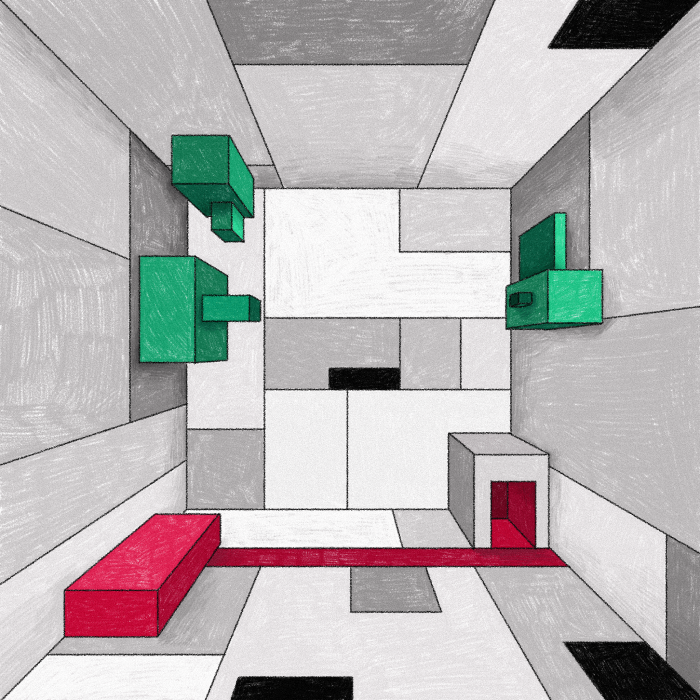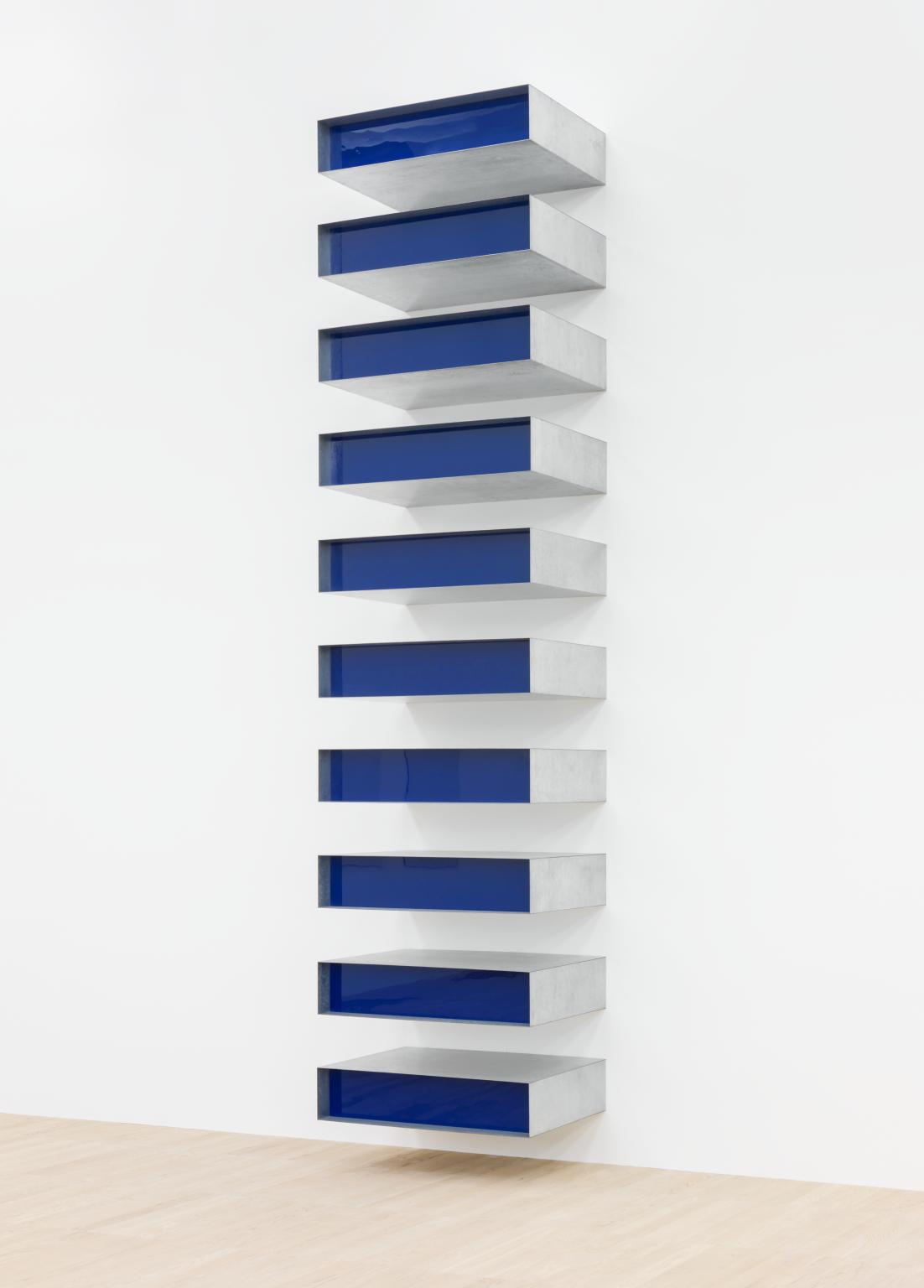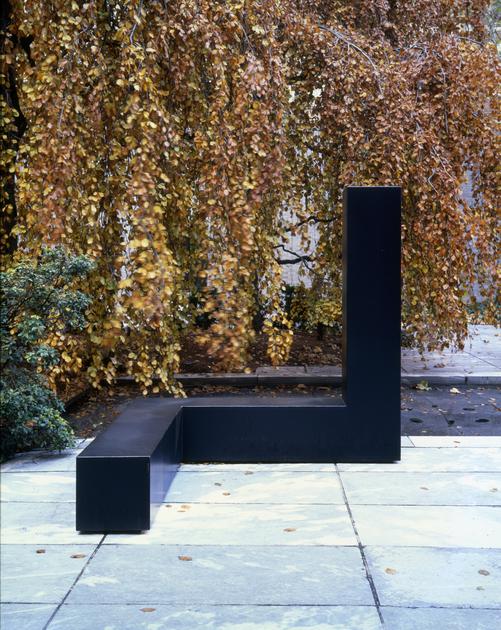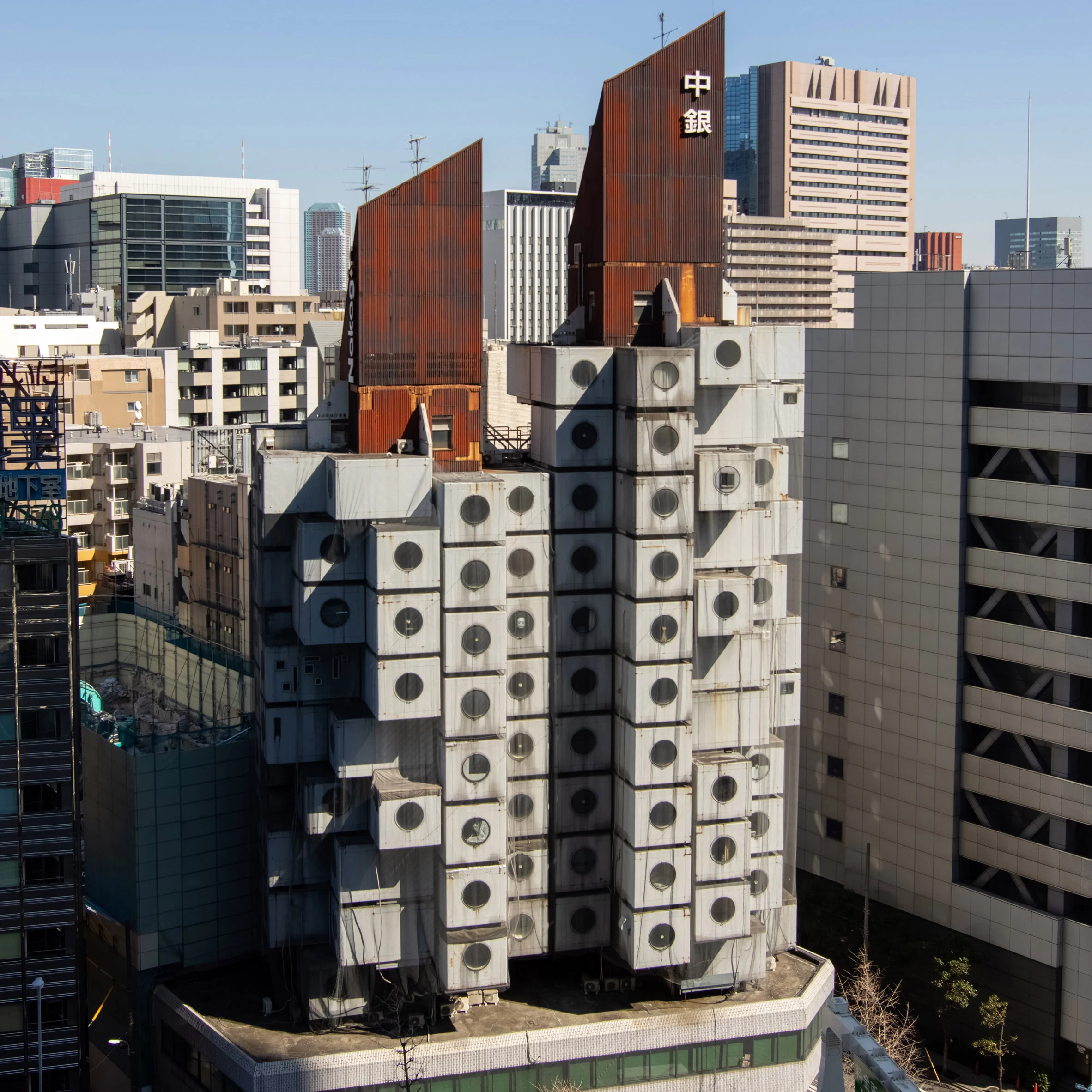SupremePunk #137

Architectural Echoes
This SupremePunk is inspired by CryptoPunk #4153 minimalist art and metabolism in architecture.
The first association that arises upon seeing this work is with the works of the American sculptor and art historian Donald Judd. He ignored traditional art in favor of conceptuality, systematicity, and ideas. He wanted his work to resemble "stamped" works created on a mass scale - in this he was similar to Andy Warhol. To do this, Donald Judd created his work in factories.

Donald Judd — Untitled, 1967
His creations did not bear specific names, but were divided into basic categories: "stacks," "boxes," and "progressions. The most famous is the series of "stacks" - a sequence of iron constructions, spaced the same distance from each other and of the same size. from afar, these works resemble a lean-to ladder. Each "stack" is identical: it consists of "steps" of 23 centimeters with a gap of 23 centimeters between each step. As a rule, there are 12 elements in a "stack", but if space does not allow arranging them at the right interval, the number of steps is reduced. For the author, the priority is the monotony of the step between the elements as a leitmotif of his work. This emphasizes the importance of the work as a whole, and the composite elements play a secondary role.

Tony Smith — Free Ride, 1962
Donald Judd's work differs from this SupremePunk in that Punk lacks obvious systematicity, the elements are arranged much more chaotically than in Judd's ideal works. In terms of the flexibility of the arrangement of elements, this work is closer to the work of Tony Smith, the American sculptor and representative of environmental sculpture. This direction of art perceives sculpture not as a monument isolated from its surroundings, but as an element of the environment, capable of changing it. One of the frequent features of environmental sculpture is people's ability to interact with sculpture, to pass through it or get into the interior space. Also works of this direction affect the surrounding space by creating shadows, reflections or reflecting colors.

Kisho Kurokawa — Nakagin Capsule Tower, 1972
If we talk about metabolism - an architectural trend of the mid-20th century, originated in Japan, based on the principle of ontogenesis and coevolution - we should pay attention to Nakagin Capsule Tower by Kisho Kurokawa. The building is a set of one hundred and forty prefabricated units-capsules of the same size, connected to each other by four bolts. The purpose of the capsules is heterogeneous - they can be both apartments and office buildings. The capsules themselves are identical not only in shape and material, but also in size: length - 2.3 meters, width - 3.8 meters, height - 2.1 meters. The key idea of this construction is its rebuildability. The implication was that the building's cells would be removed and replaced by more modern ones, thereby prolonging the life of the building, which is relevant in a country like Japan, where structures older than 30-40 years are demolished. But in reality, Kisho Kurokawa's concept was not reflected in life and in 2022 it was announced that the building, which had not been touched or changed in its entire 50 years of existence, would be demolished.

Buy

Gallery:
CryptoPunk #4153 that has been taken as a base

Your transaction is in progress

You have connected to the wrong network

Transaction is successful!


